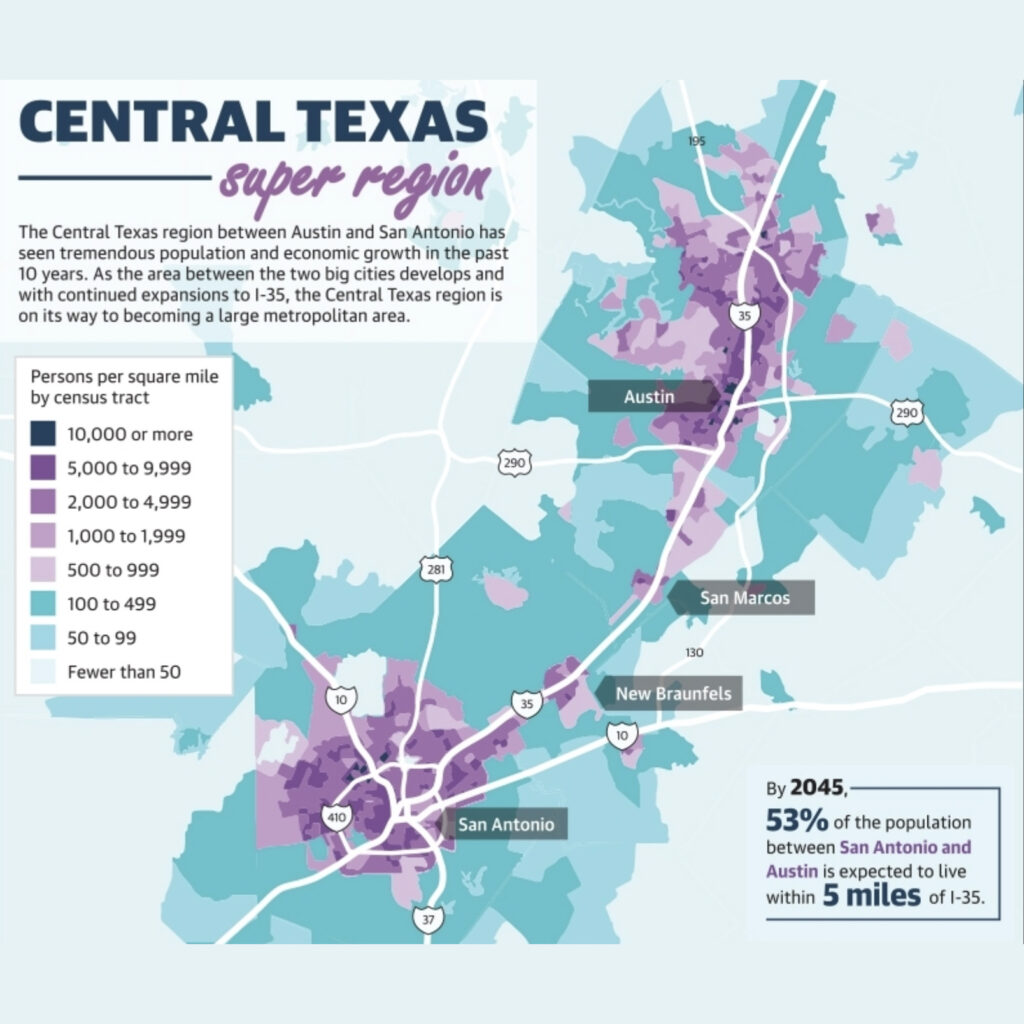Rapid urban expansion is not merely a test of infrastructural resilience but also a reflection of the strength of its leadership. The helm of any growing city is its government, and as the metropolis expands and evolves, so too does the pivotal role of its leaders. How they steer their city can be the difference between harmonious growth and discordant sprawl.
Visionary Thinking
1. Crafting a Clear and Cohesive Vision for the City’s Future
Behind every flourishing city lies a meticulously crafted blueprint. Government leaders are charged with the duty to design a cohesive vision—one that encapsulates the aspirations and realities of their urban environment. This vision, while rooted in the present, should unfailingly point to the future.
2. Balancing Immediate Needs with Long-term Goals
While immediate challenges demand urgent solutions, the broader horizon cannot be overlooked. Leaders must constantly juggle the present-day urgencies with the overarching objectives that ensure sustained growth and prosperity.
Transparency and Communication
1. Keeping Residents Informed about Development Plans
A city’s populace is its most integral stakeholder. It’s essential that leaders maintain an open channel of communication, keeping citizens abreast of the latest development plans, initiatives, and potential challenges.
2. Embracing Feedback and Adjusting Strategies Accordingly
No plan is set in stone. As cities evolve, so too will their challenges and opportunities. Leaders must not only be receptive to feedback from their constituents but be agile enough to adjust their strategies when necessary, ensuring that the city’s development remains in alignment with the needs of its people.
Building Alliances
1. Forming Partnerships with Private Sectors, NGOs, and Community Organizations
In the vast and intricate tapestry of urban growth, the government is but one thread. To ensure holistic and balanced expansion, leaders must form synergistic alliances, harnessing the expertise, resources, and energy of the private sector, NGOs, and grassroots community organizations.
2. Harnessing Expertise and Resources from Various Stakeholders
A city’s growth is an interplay of diverse domains—be it infrastructural, environmental, social, or economic. Drawing on the unique strengths and insights of various stakeholders not only enriches the growth narrative but also ensures that it is robust and multifaceted.
Conclusion
At the heart of urban transformation lies its leadership—a beacon that illuminates the path ahead. Effective leadership, as demonstrated, isn’t an isolated endeavor but rather a harmonious blend of visionary thinking, transparent communication, and relentless collaboration. In the dynamic narrative of urban growth, such leadership is not just commendable; it’s indispensable.
At Front Line Advisory Group, we are pioneers in Capital Improvement Bond Management, leveraging unparalleled expertise and deep industry insights. Our mission extends beyond consultation – we empower our clients to realize the full potential of their investments, ensuring tax dollars are put to maximum use through astute Program Management Consulting. For more information or to commence your journey towards transformative bond management, reach out to us at info@frontlineadvisorygroup.com












